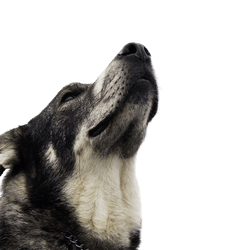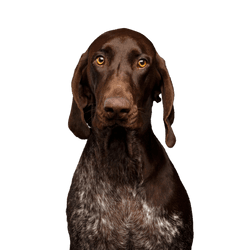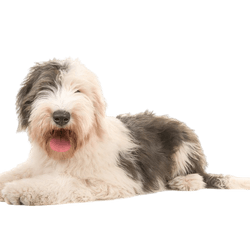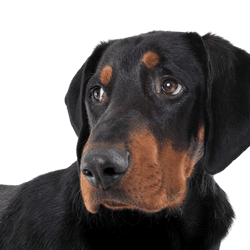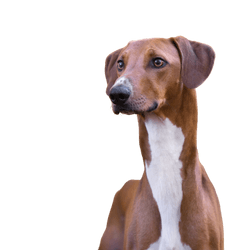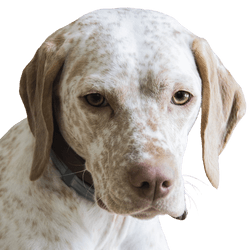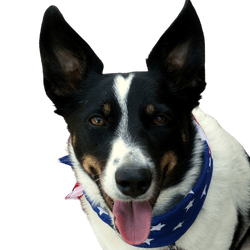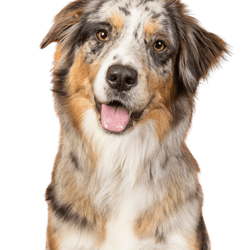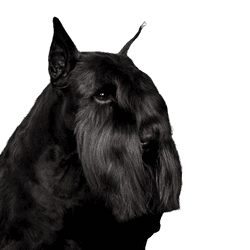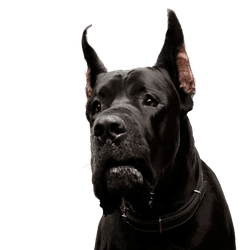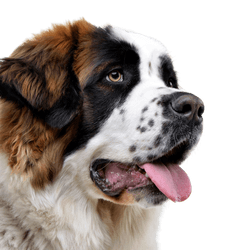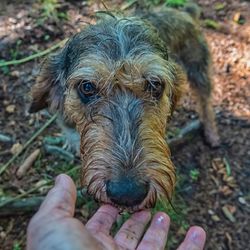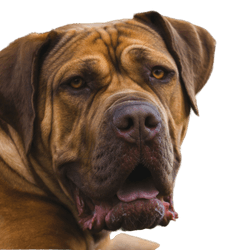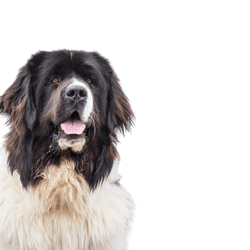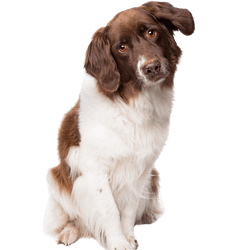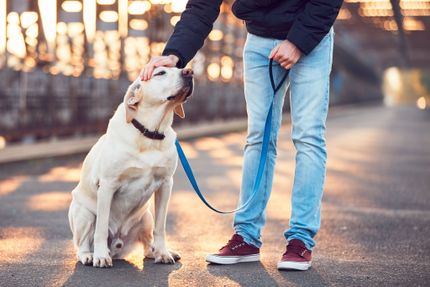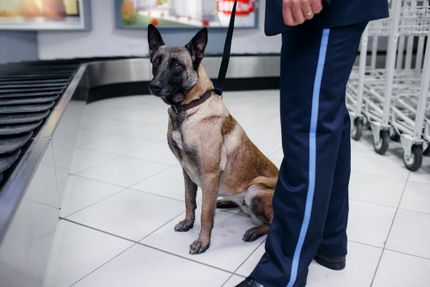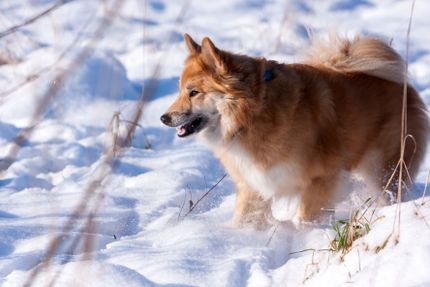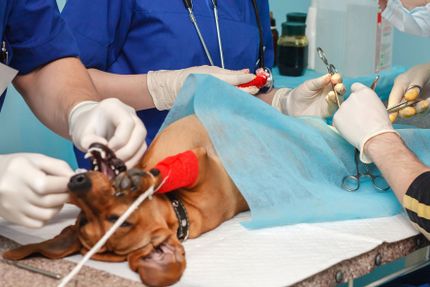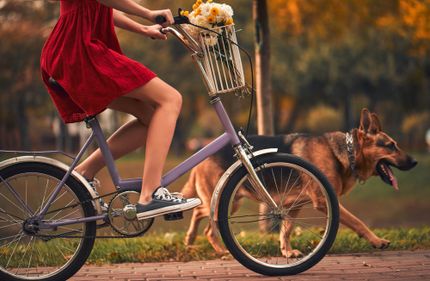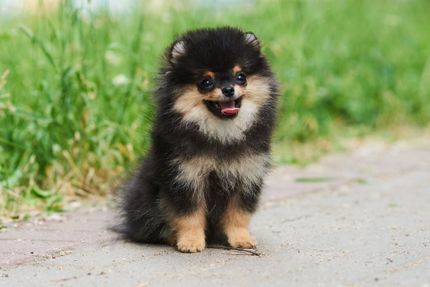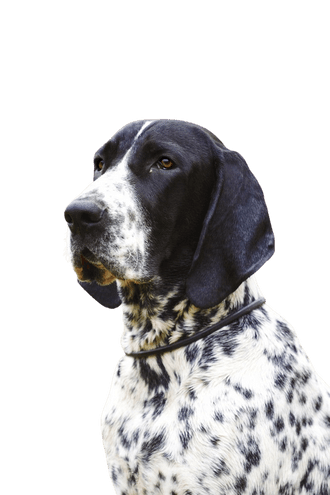
Auvergne Pointer Breed description: Character & Co
Auvergne Pointer
Facts & Origin
General information about the Auvergne Pointer
The French dog breed Auvergne Pointer was recognized by the FCI and assigned to group 7 and section 1.1, under standard number 180. It originated in the Auvergne region of France and is used as a pointing dog. The dogs reach a height of 53-63 cm, with a weight of 22-28 kg. Their coat is mostly black and white spotted, but the head is often black. The coat is short and smooth, as is common for many hunting dogs. The Braque d'Auvergne has a high retrieving ability and a friendly and intelligent disposition.
Origin and history
The Braque d'Auvergne found its origin in the 17th century, in the region of the same name, the Auvergne in France. It is believed that the Braque d'Auvergne was originally native to Malta, but there is no evidence of this. Some sources also describe that the breed found its way to Europe with the return of the Order of Malta. In any case, the Braque d'Auvergne is a cross between different breeds of dogs, such as the old French Braque and various Pointer species. Today, the Braque d'Auvergne has been bred purebred for centuries and is a dog breed recognized by the FCI.
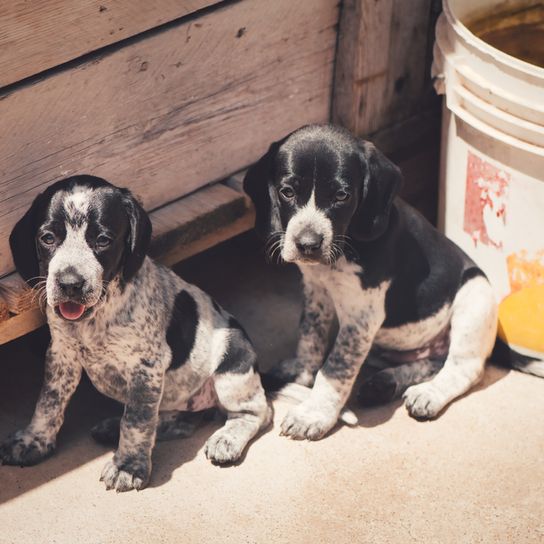
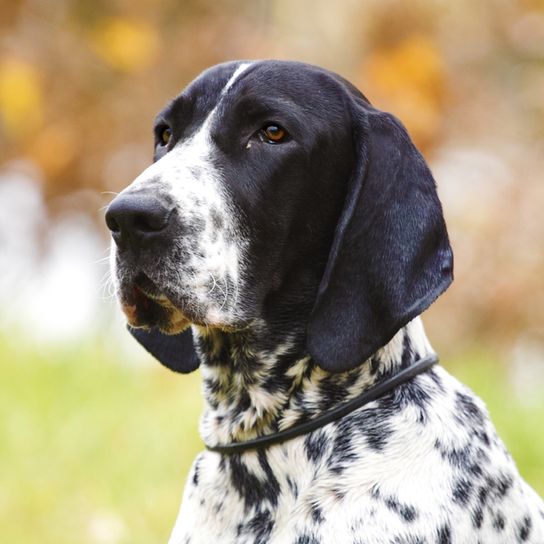
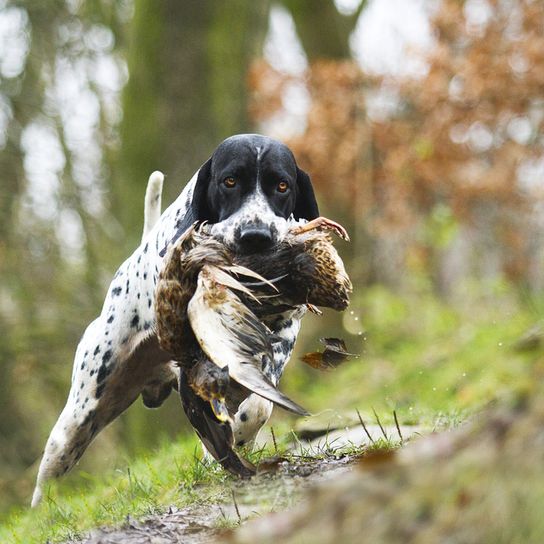

| Alternate Name | Braque d' Auvergne |
| Origin | France |
| Life expectancy | 10 - 15 years |
| Care requirements | low-maintenance |
| Activity level | average to high |
| FCI group | Continental Pointing Dogs |
| AKC group | not recognised |
| KC group | Gundog Group |
Attitude, character and temperament of the breed
The nature of the French Pointing Dog
The French Pointing Dog has a calm disposition. These intelligent dogs are very cuddly and enjoy every contact with their human. They are also particularly gentle and docile, which makes training them relatively easy. The Braque d'Auvergne is always eager to act in your best interest and have lots of adventures with you. She is a loyal canine soul who will not leave your side if you train and treat her well.
Husbandry and use of Auvergne Pointer
There are a few things to consider when keeping the Braque d'Auvergne, even though she is a very low maintenance dog. As an original hunting dog, the Braque d'Auvergne is used to a lot of movement and therefore needs a lot of exercise. Their high legs and slender build are perfect for hunting or other sporting activities. When keeping a Auvergne Pointer, it is important to challenge her enough physically and mentally and to raise her with respect and gentleness. Here are a few suggestions on how to exercise your dog:
- Tracking training
- Agility or mass sports
- Flyball
- Training as a rescue or therapy dog
- Obendience
- Companion dog training
You should pay special attention to the calm tone of your dog. The Braque d'Auvergne is sensitive to harsh and rough handling because of her sensitive and empathic nature. It is important to show your dog that you only want what is best for it, because this is how you gain its trust.
Character
Usage

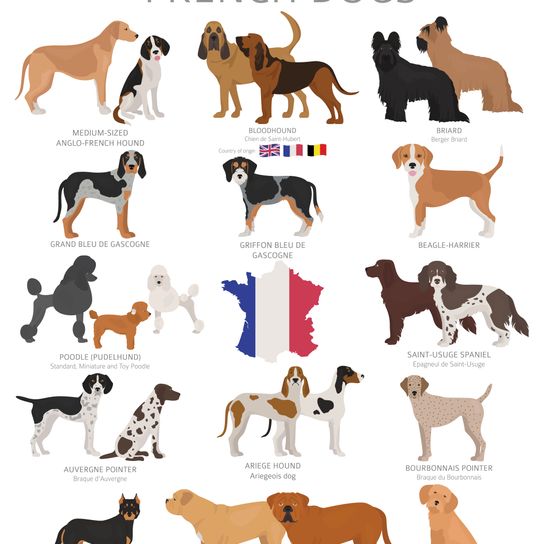
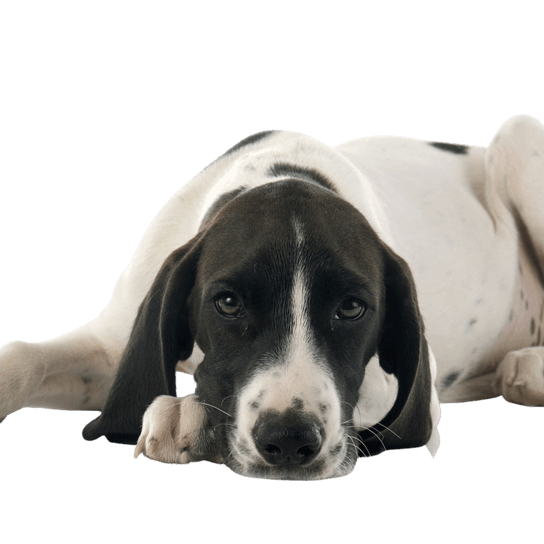

Health and breeding information
Breeding and buying a French Braque
If you want to buy a Braque d'Auvergne, you can check the VDH directory for a breeder. Most breeders are located in France, Canada, the USA and Lebanon. It is also advisable to ask in the animal shelters to give a loyal dog soul a new home.


Description and characteristics
The straight and robust build of the Braque d'Auvergne has a certain elegance despite its strong features. The overall body structure appears very harmonious and athletic, as is often the case with pointing dogs. Males reach a height at the withers between 57 and 63 cm, while bitches grow between 53 and 59 cm. Weighing between 22 and 33 kg, the Braque d'Auvergne is a large dog. The short and fine coat often shows spotting, which can occur in various forms. The black and white dogs usually have a completely black head. Two types of the Braque d'Auvergne are distinguished, the spotted dog and the greyish variety.
| Fur length | short |
| Fur | flat coated |
| Ear shape | Floppy Ear |
| Tail | short |
| Anatomy | rugged, sporty |
| Size ♀ | 52 - 61 cm |
| Weight ♀ | 20 - 25 kg |
| Size ♂ | 56 - 65 cm |
| Weight ♂ | 22 - 28 kg |
| Suitable For | - |
Colors

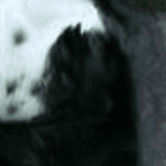
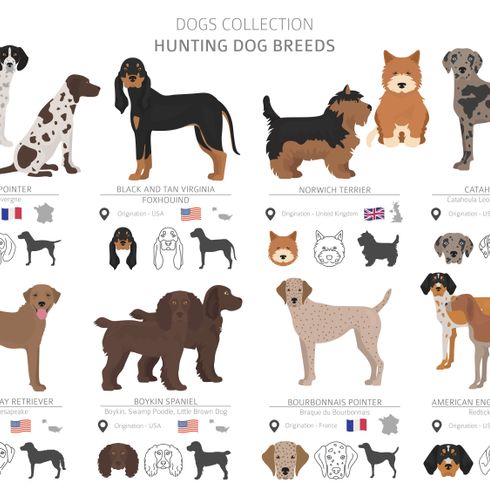


Known Diseases
Gastric torsion
Gastric torsion is a disease in which the stomach rotates around its own longitudinal axis. The cause of the disease is not known.
Overweight
Often, unfortunately, the dogs very much under excess weight. But the dogs themselves are never to blame!
Other large dogs
Useful Articles
You can find articles that might interest you in the dogbible blog to match your favorite breed.
Visit our magazineto stay up to date on dog trends.
To find out more, view our Privacy Policy
Find here the breed that suits you and find out what character traits it has. Here you can also learn more about the origin, size and weight of your favorite breeds.
Matching your favorite breed, you'll find articles that might interest you on the dogbible dog blog.
Hiking with dog in Vienna - the most beautiful routes
Dogs at the wedding - here's how you can incorporate your favorite one
Cooking dog food yourself - advantages and disadvantages
Dry dog food vs. wet food - which makes more sense? Which is healthier?
